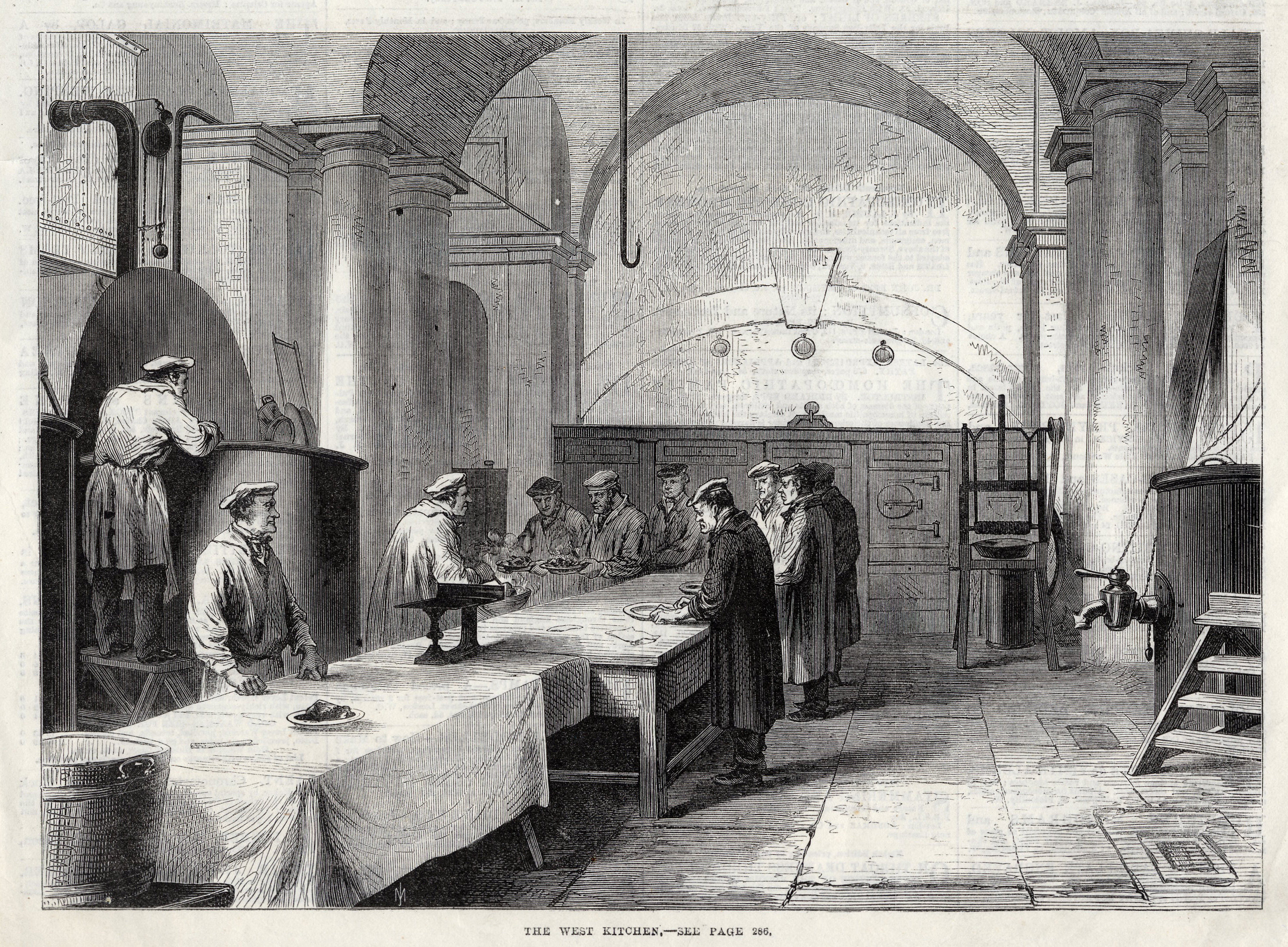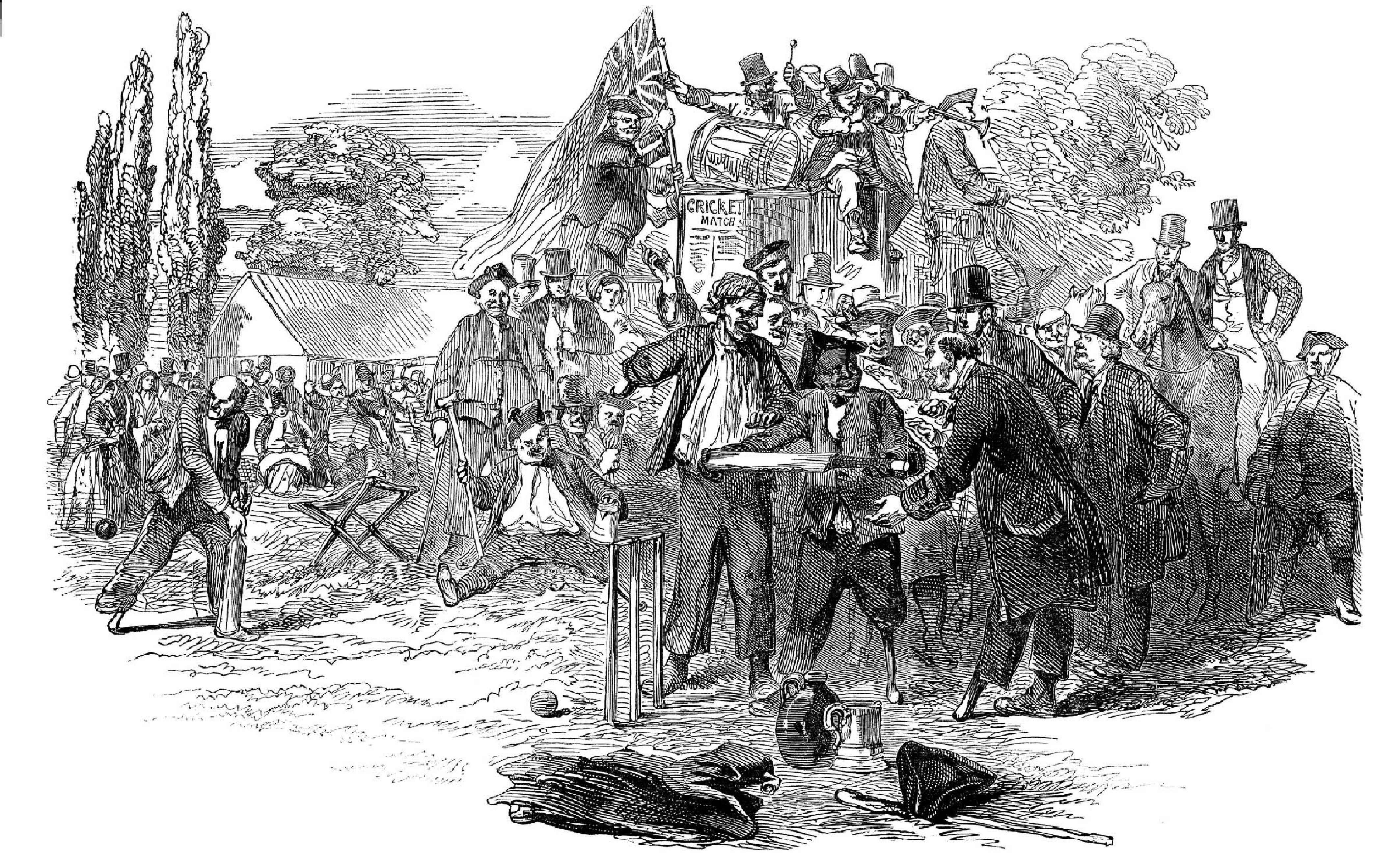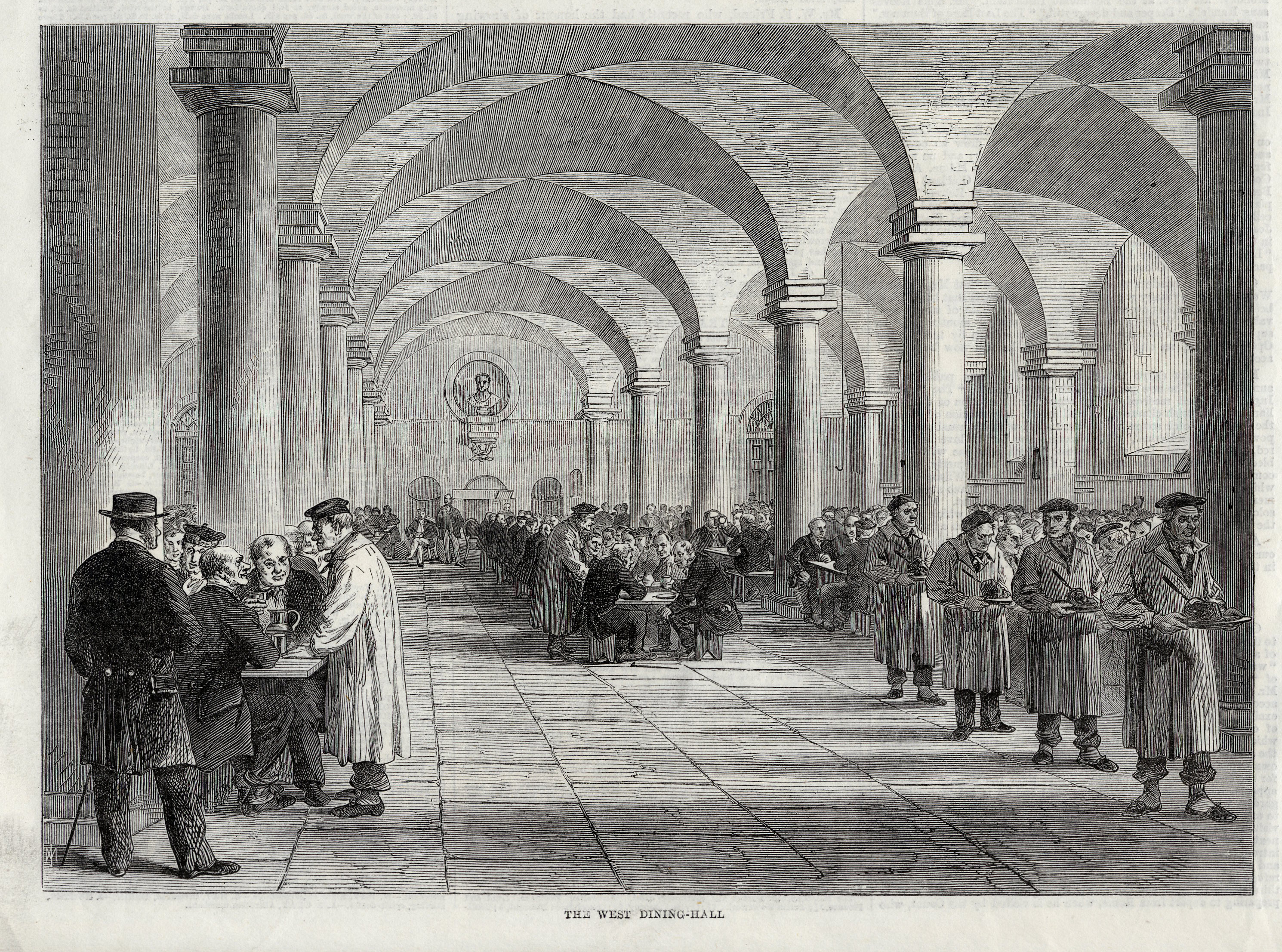Life as a Greenwich Pensioner
At its peak, the Royal Hospital housed over 2,700 naval veterans mostly invalided out of the Navy after sustaining debilitating injuries. All the men admitted to the Hospital had fallen on hard times and the majority came from poor backgrounds without the means to save for their old age.
Daily routine
Life at the Hospital followed a strict routine but for men used to living a regimented existence at sea this must have been familiar and comforting.
Woken at 7am, the pensioners were expected to attend chapel daily. Each man received a small allowance and some supplemented this income by taking on official roles, including boatswain, cook’s mate and porter. The porters were responsible for winding the clock, watching the gates and giving tours of the Painted Hall to visitors.

Pensioners were issued with a uniform and were housed in wooden cabins on long wards, with a bed, small table and chair and space for a few personal possessions.
Though small, the cabins probably provided more privacy than they ever enjoyed in confined quarters on board ship.

Food and drink
The standard diet was bread accompanied by beef three days a week, mutton twice and pease soup and cheese on the other two days. Each pensioner had an allowance of four pints of ‘small’ (weak) beer a day, brewed on the Hospital premises – a much safer alternative to water which was often contaminated.
Pensioners were allowed to leave the Hospital during their leisure hours, some gravitating towards alehouses. Smoking clay pipes was popular, though strictly forbidden on the wards because of the risk of fire.

Fun and games
Perhaps surprisingly, given the pensioners’ often severe injuries, playing cricket on Blackheath was a popular pursuit. The more enterprising are also known to have hired out telescopes for visitors wanting to admire the view from the top of Greenwich Park.
The Hospital governors introduced a library to encourage more worthwhile occupation but it met with limited success as many of the pensioners could not read or write.
More successful was a skittle alley which still exists today. Visitors are invited to try their hand at Victorian bowling, included in the Painted Hall entry ticket.

Rules and punishments
The pensioners were forbidden to marry, but those who already had wives and families could visit them.
For extreme behaviour men could be expelled, other punishments included:
- confinement to the Hospital
- fines
- a diet of bread and water
- the humiliating requirement to wear your uniform inside out, exposing the yellow lining

Black Greenwich Pensioners
The constant turnover of naval personnel in the 1700s made the Royal Navy the world’s largest employer of ‘free’ (that is not enslaved) Black labour at a time when Britain was the largest trader in human lives.
The Black Greenwich Pensioners online exhibition, introduces some of these forgotten mariners and their extraordinary journeys, sufferings and victories.
Click below to learn how they created a place for themselves in Greenwich as well as their connections to the abolition movement, maritime history and the wider communities of South East London.
Find out more
The oldest Greenwich pensioner
Some of the Greenwich pensioners lived to a great age, most famously John Worley, who served at sea for 70 years lived until the grand age of ninety-six.
See the portrait of John Worley in the Painted Hall and discover more about the life of a Greenwich Pensioner at the Visitor Centre.


